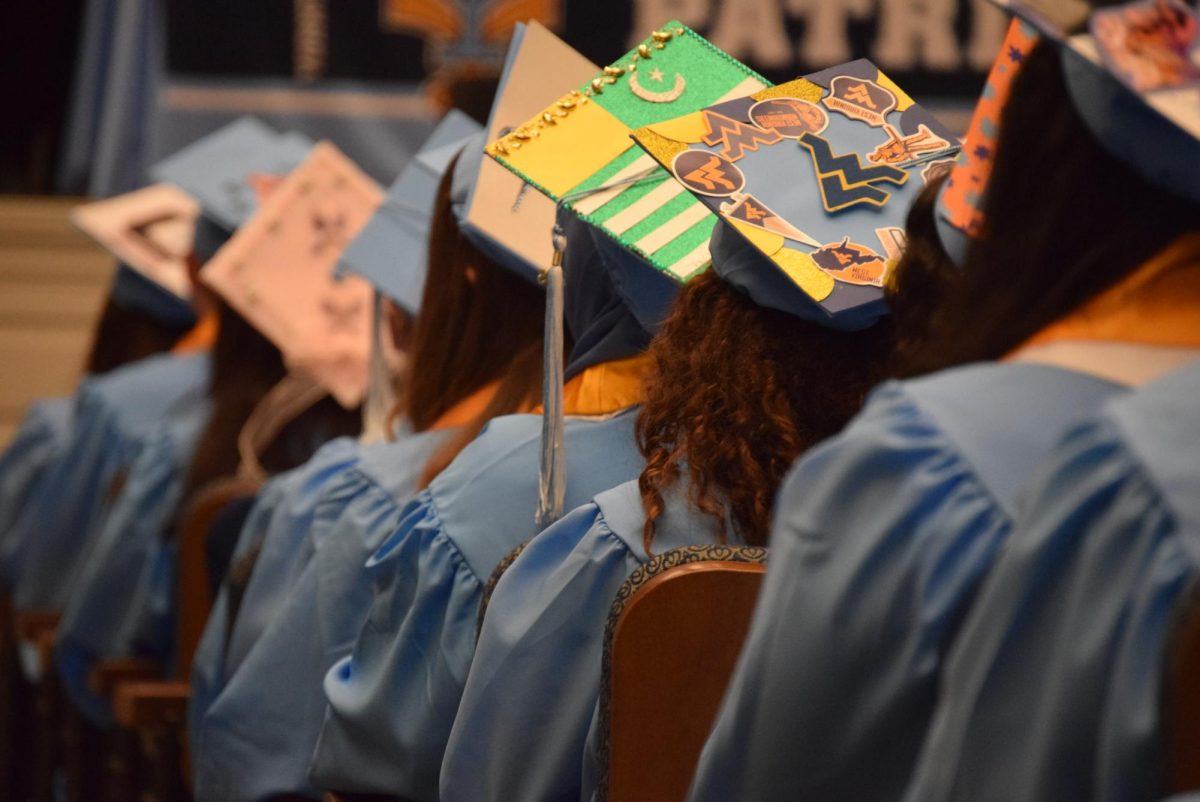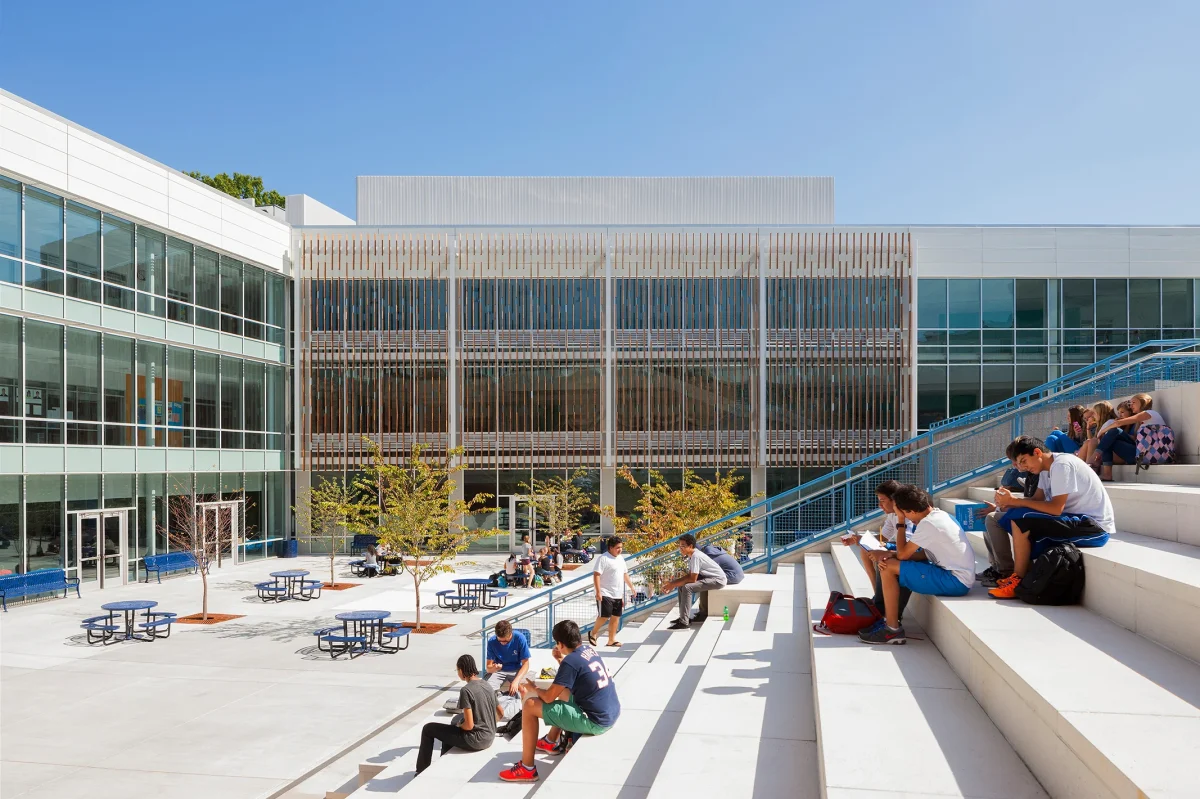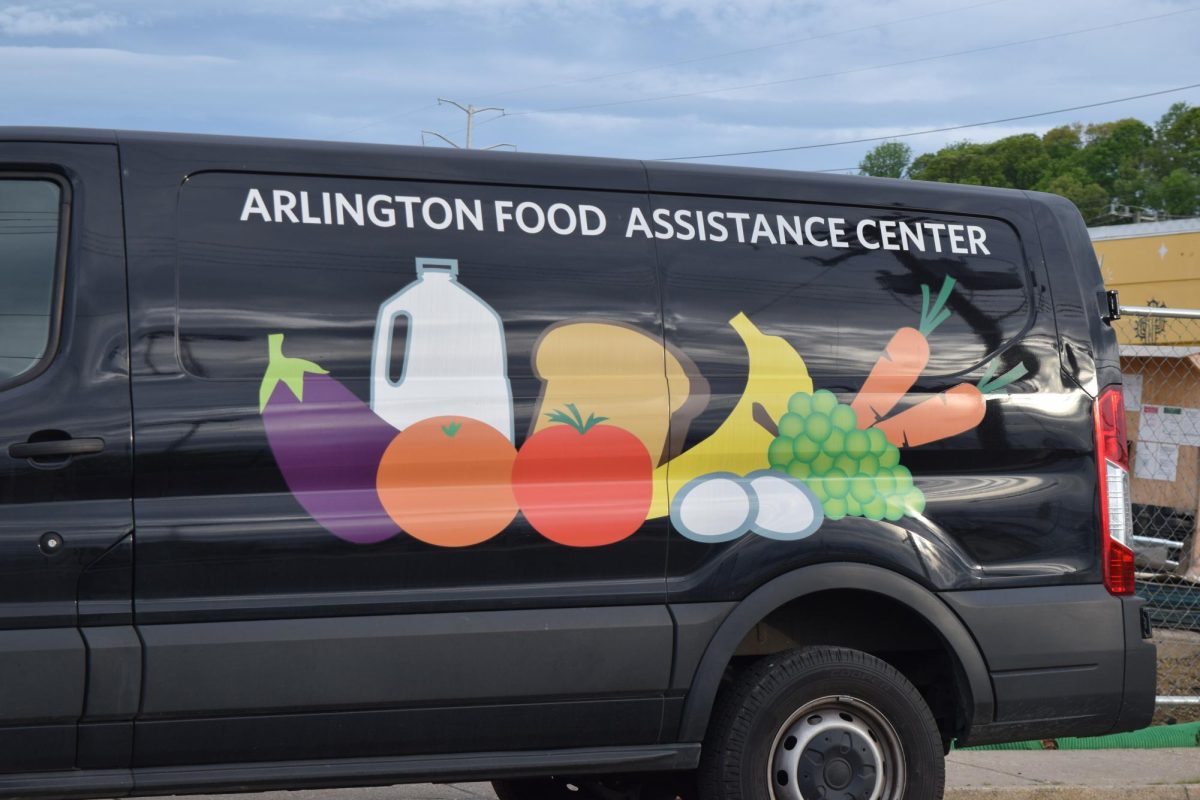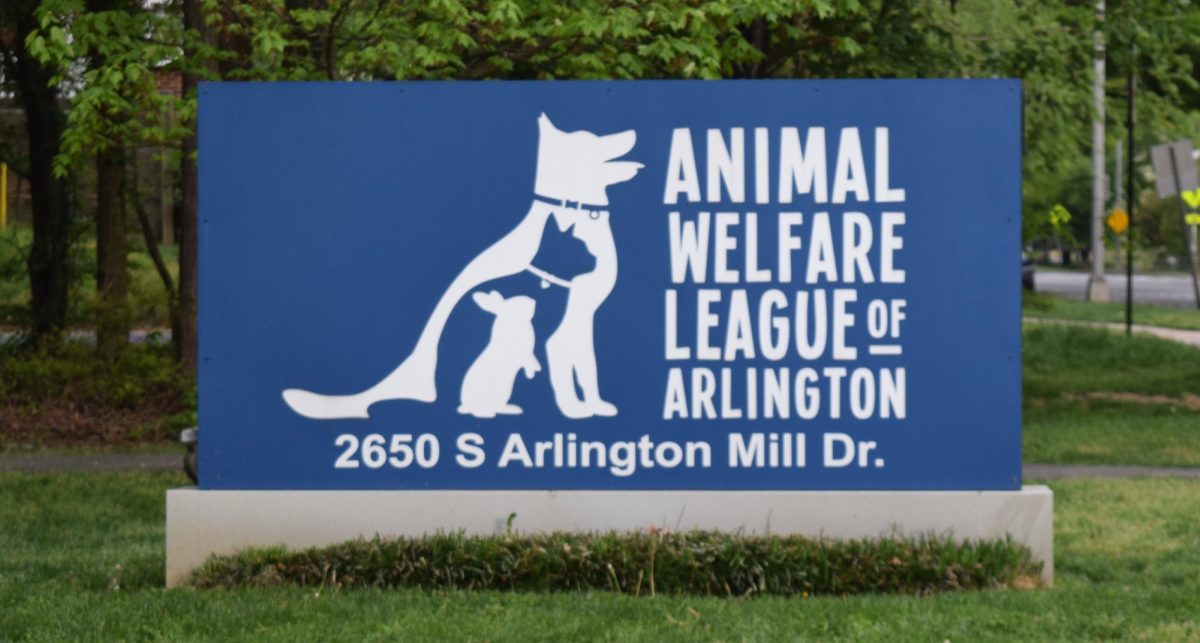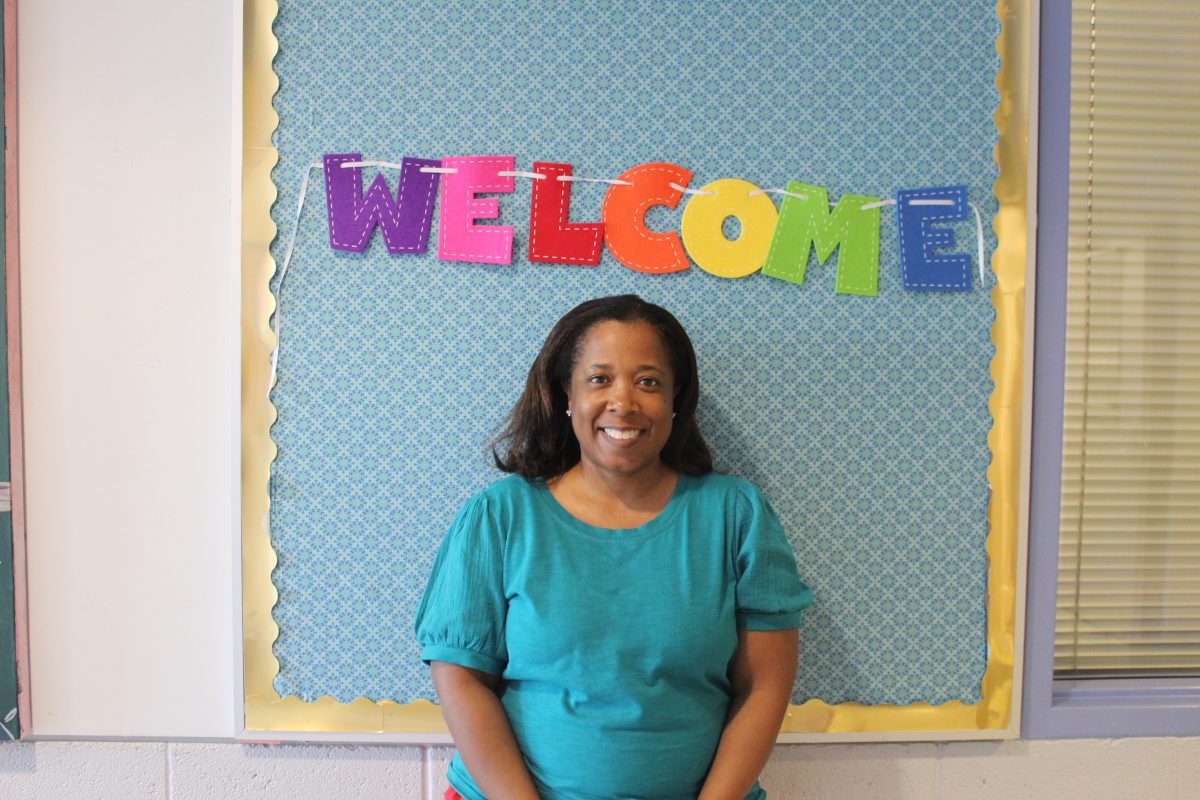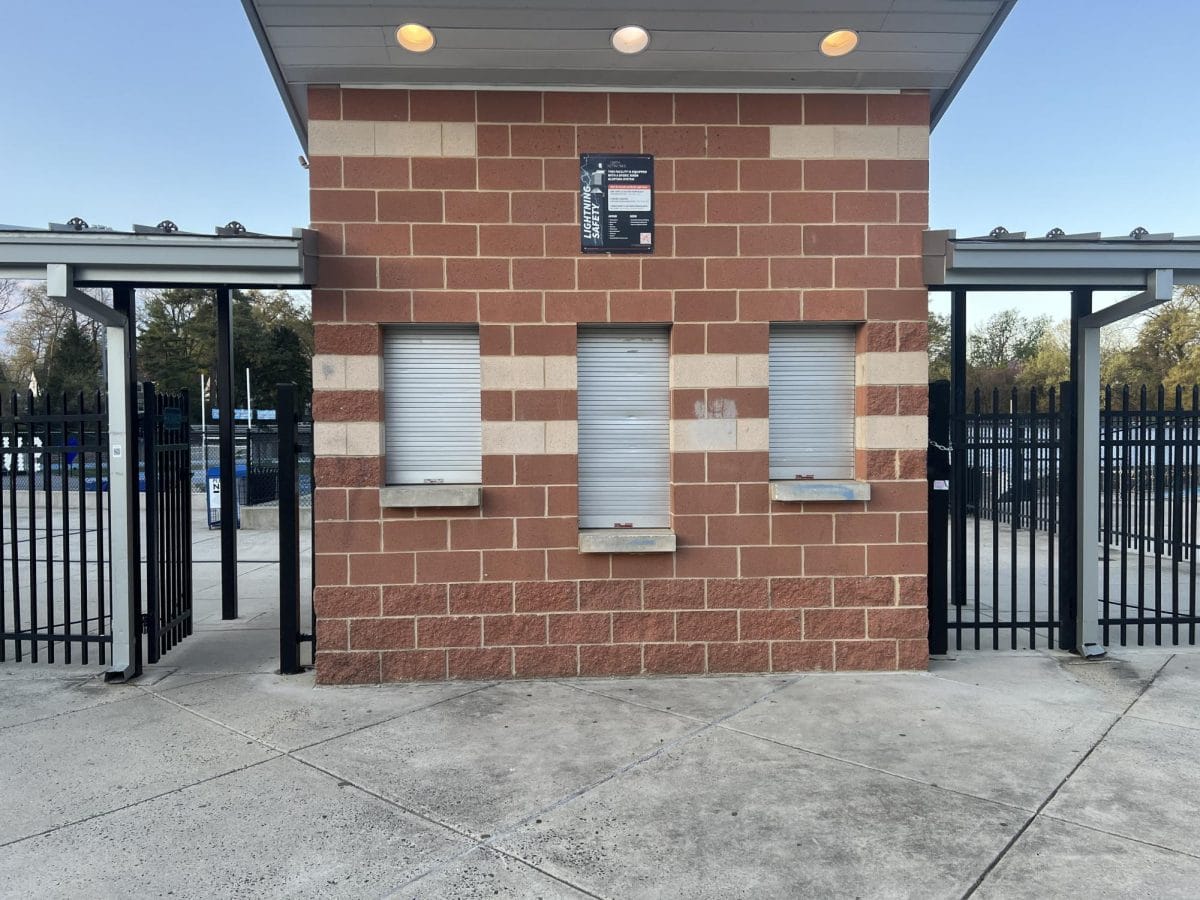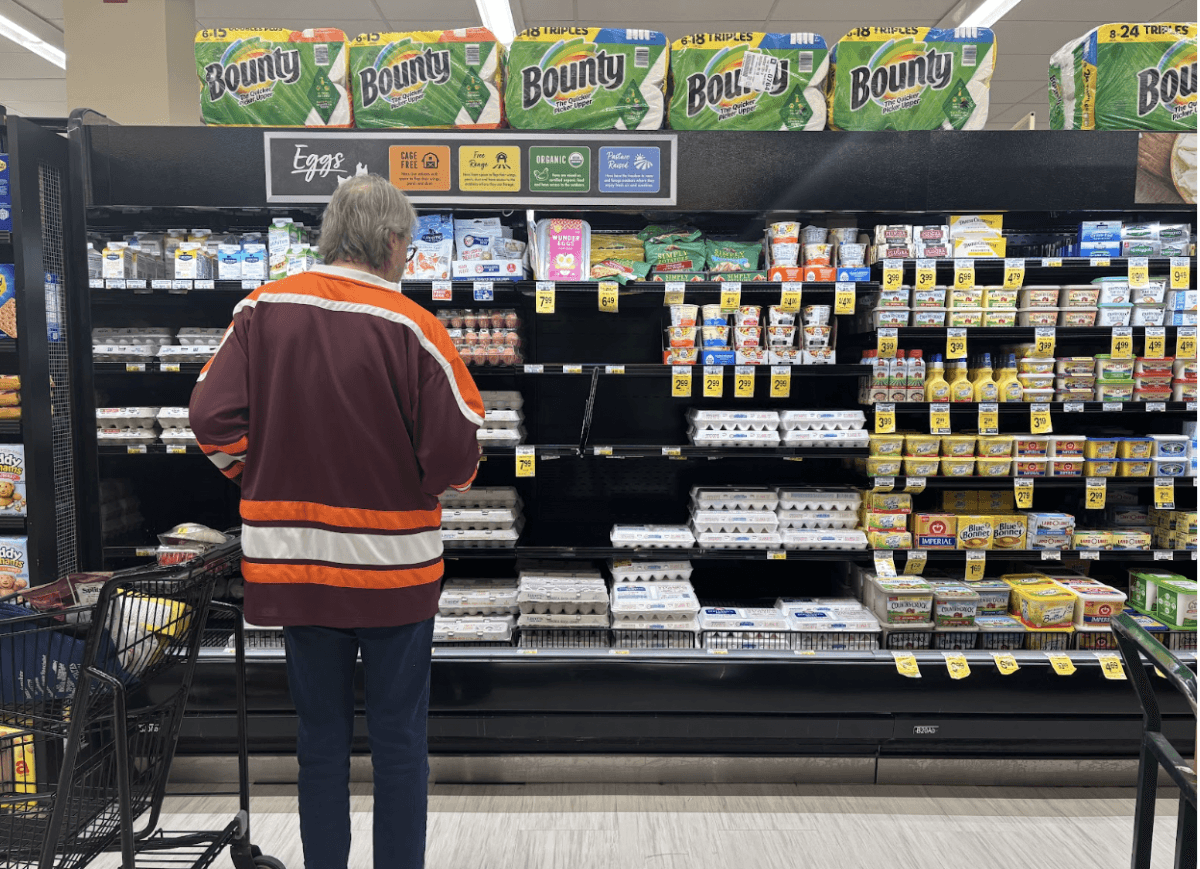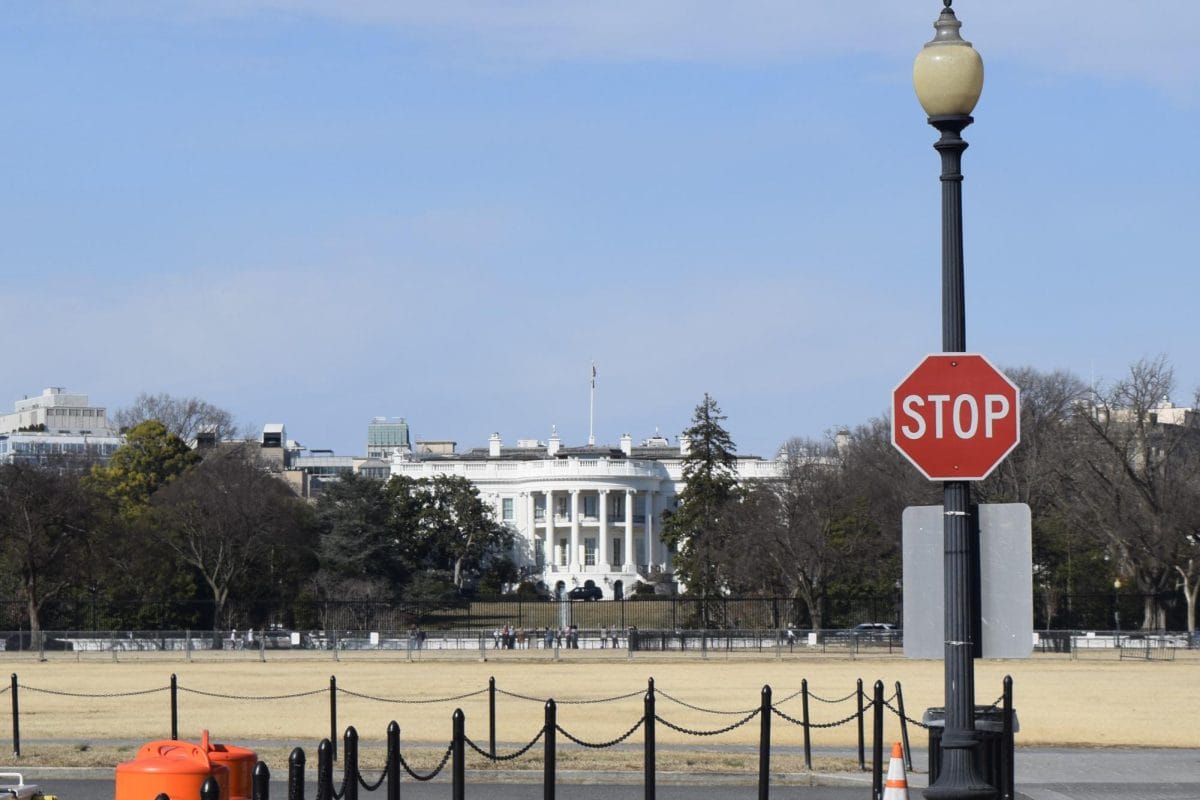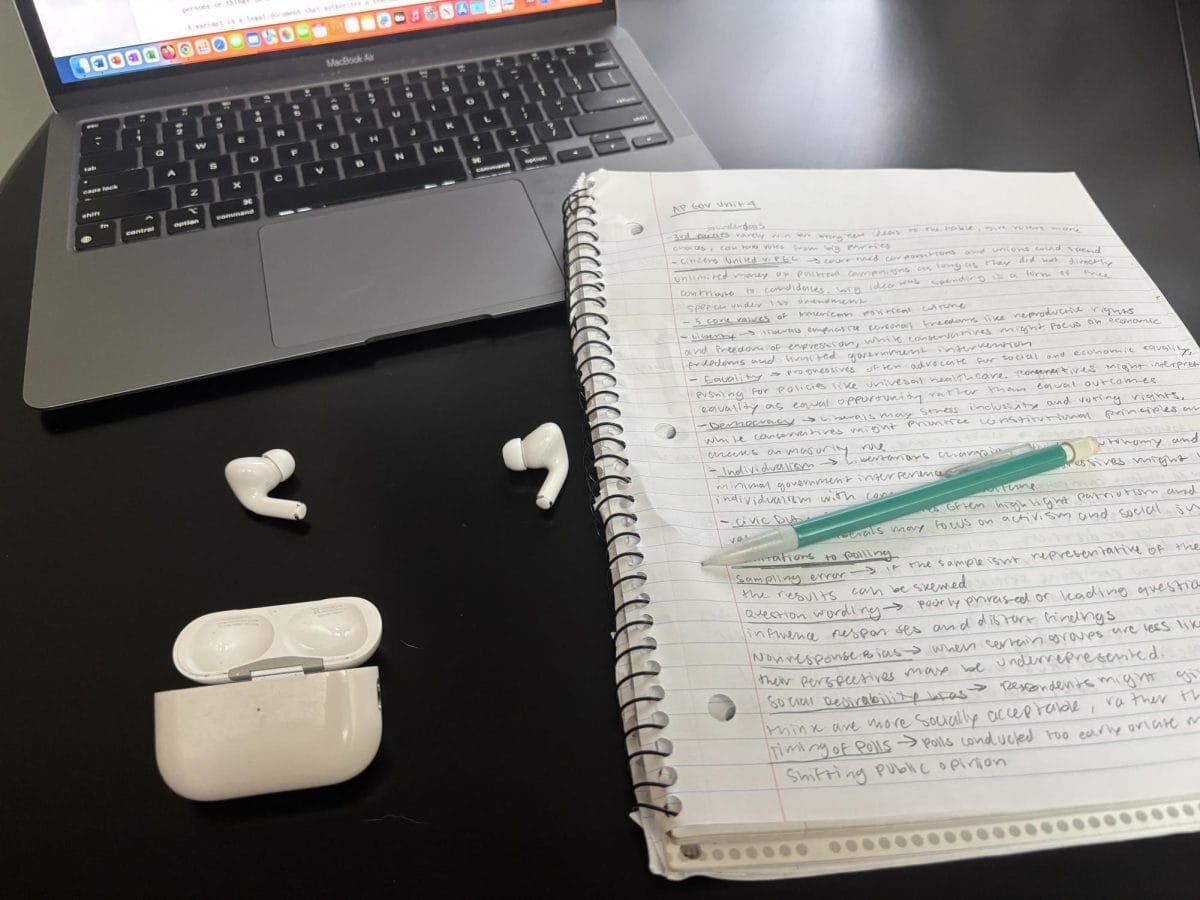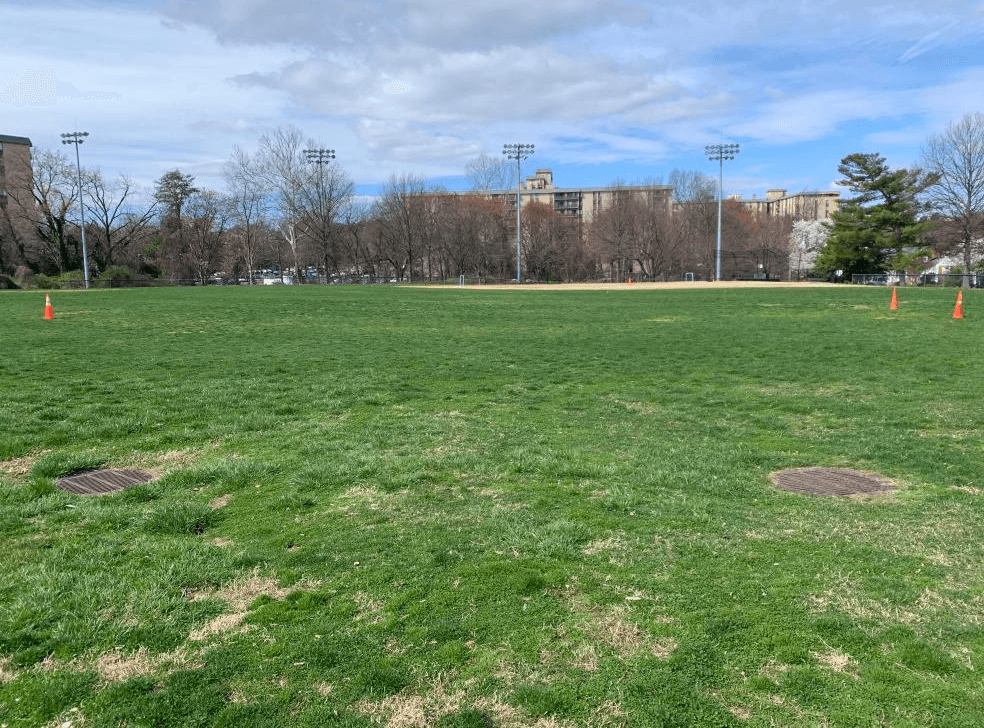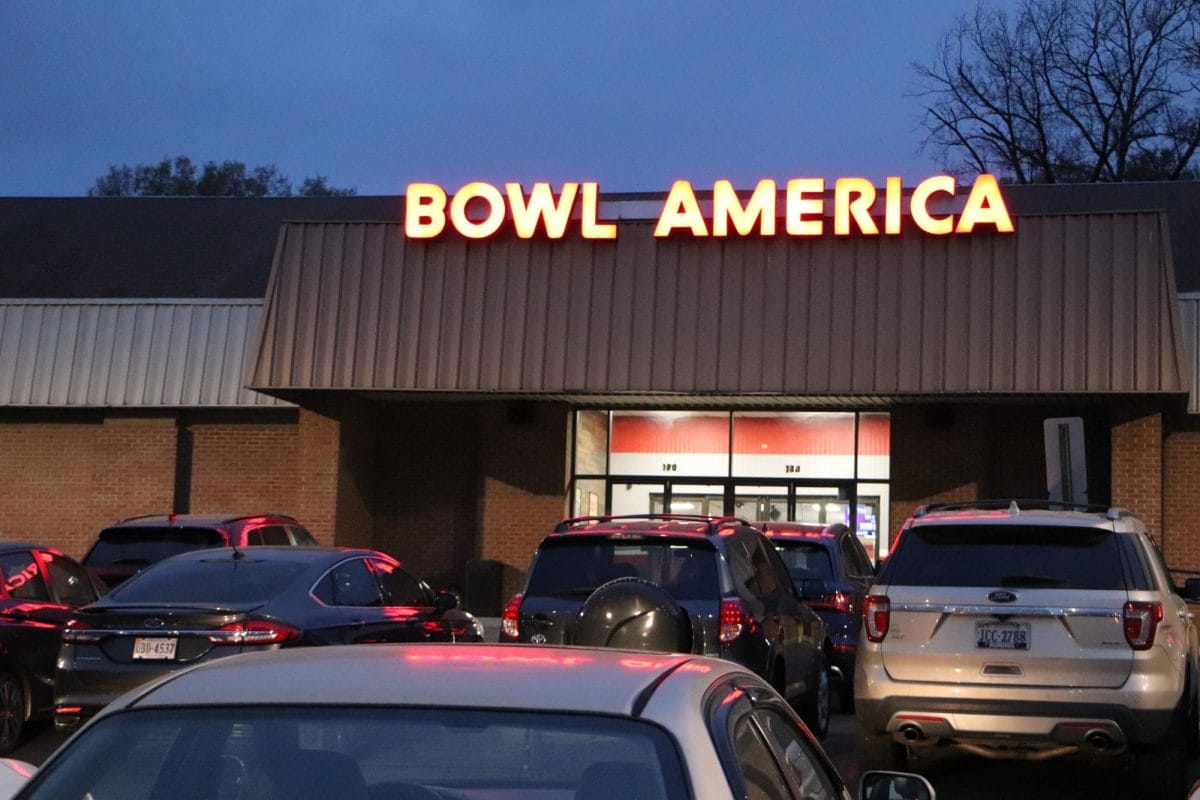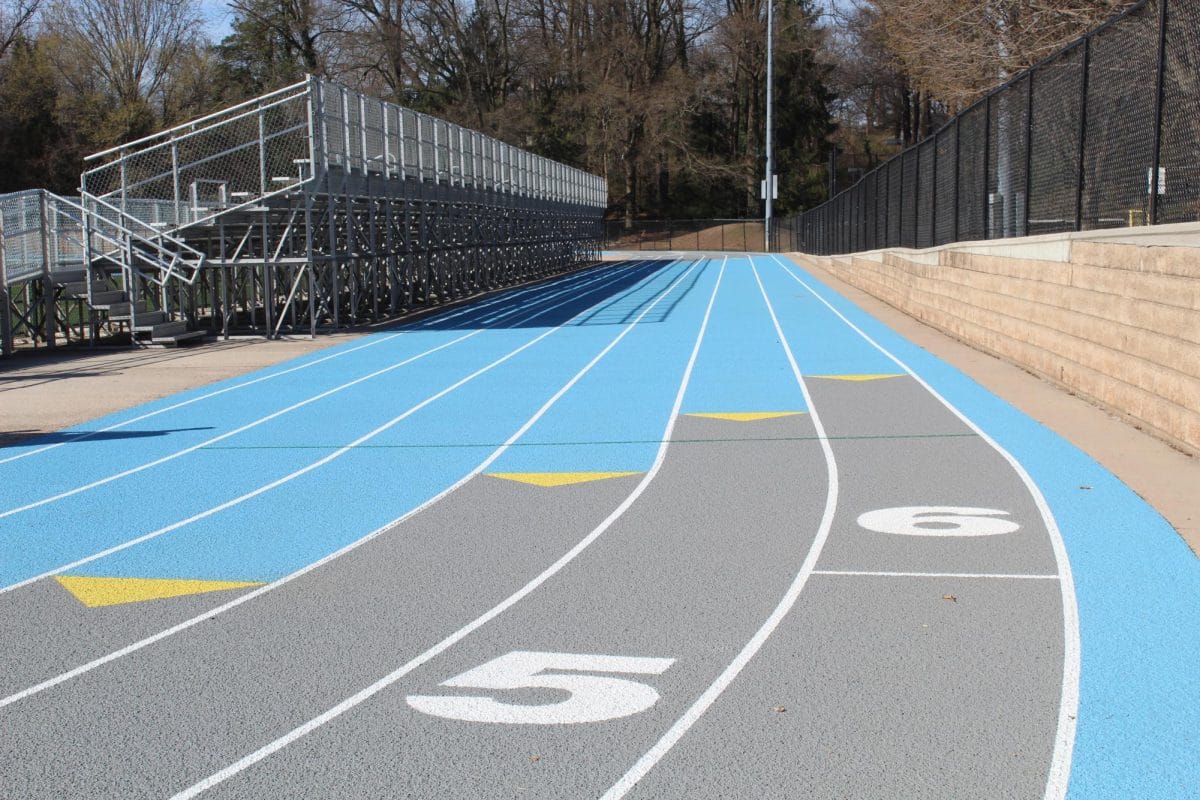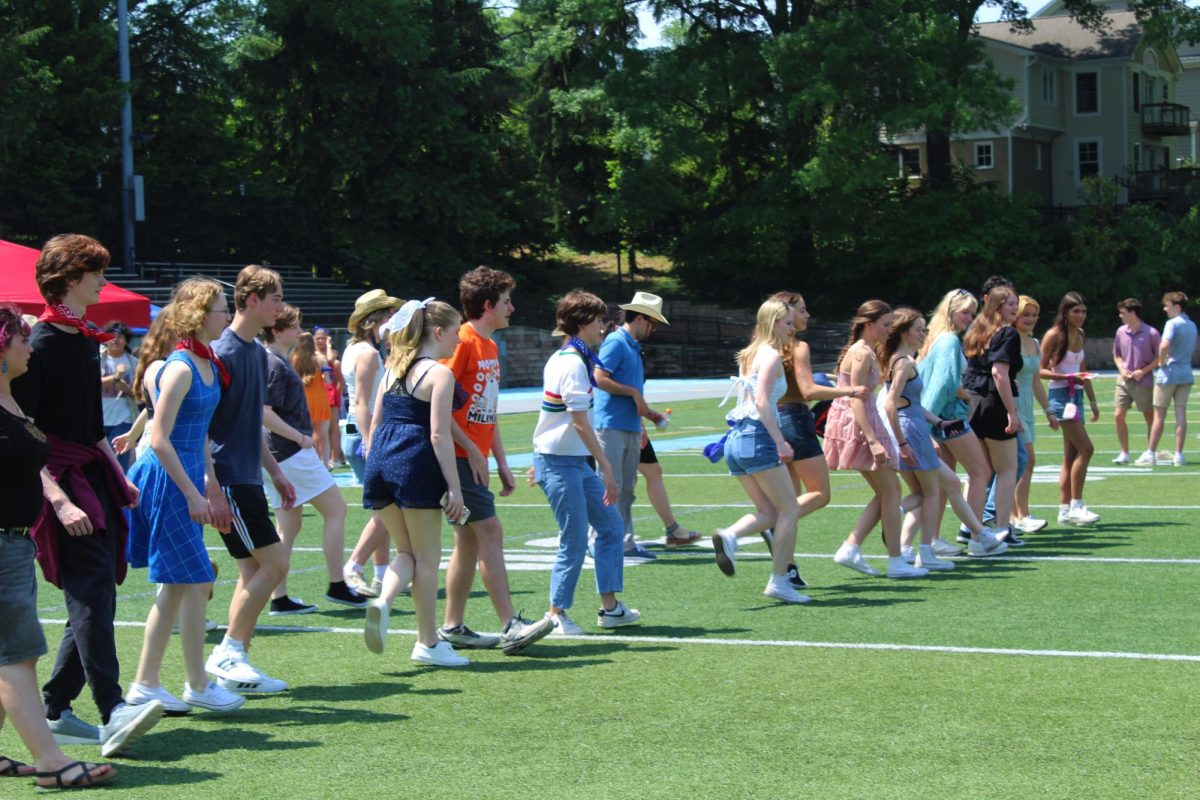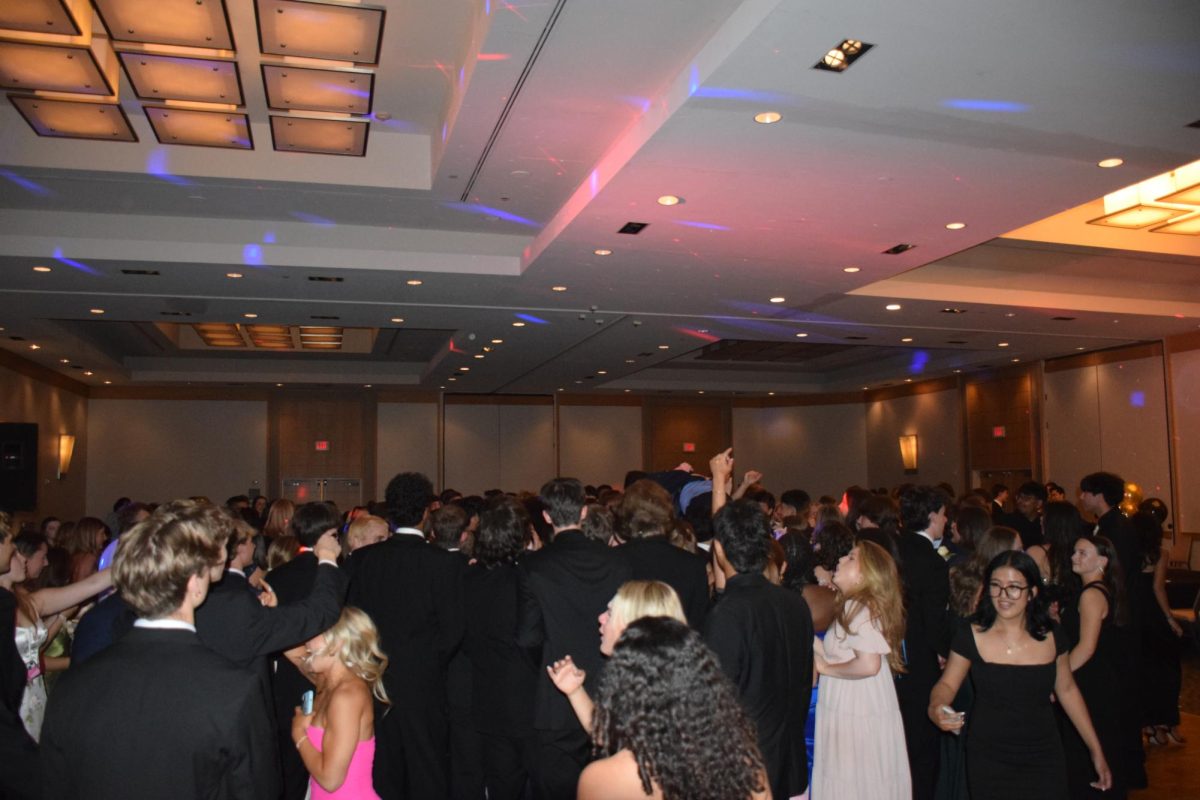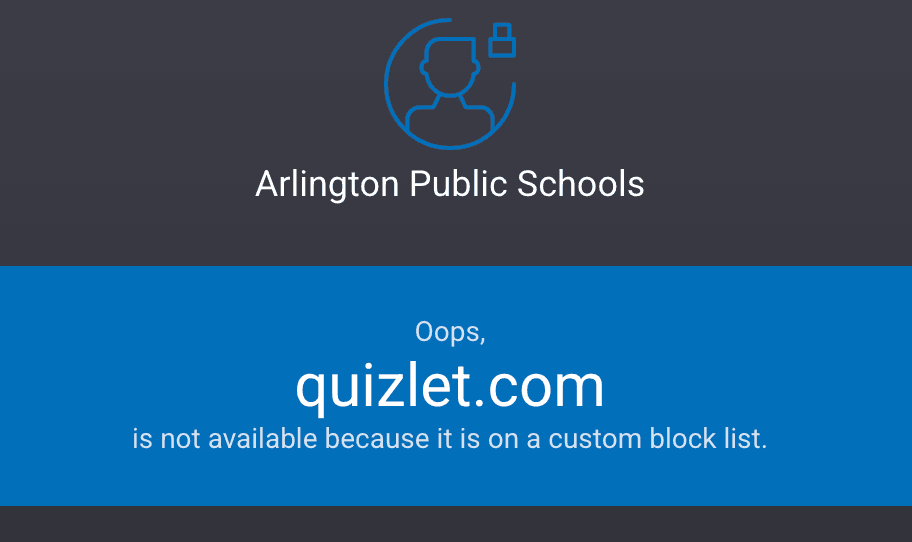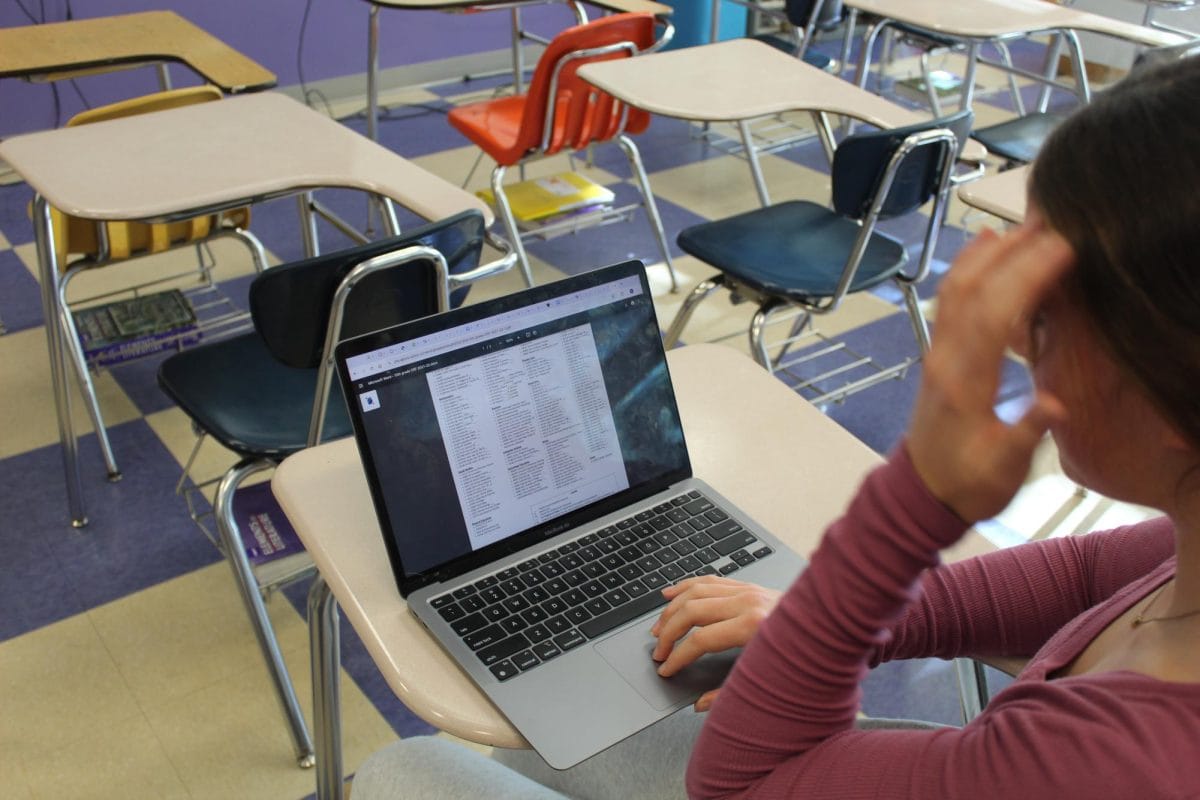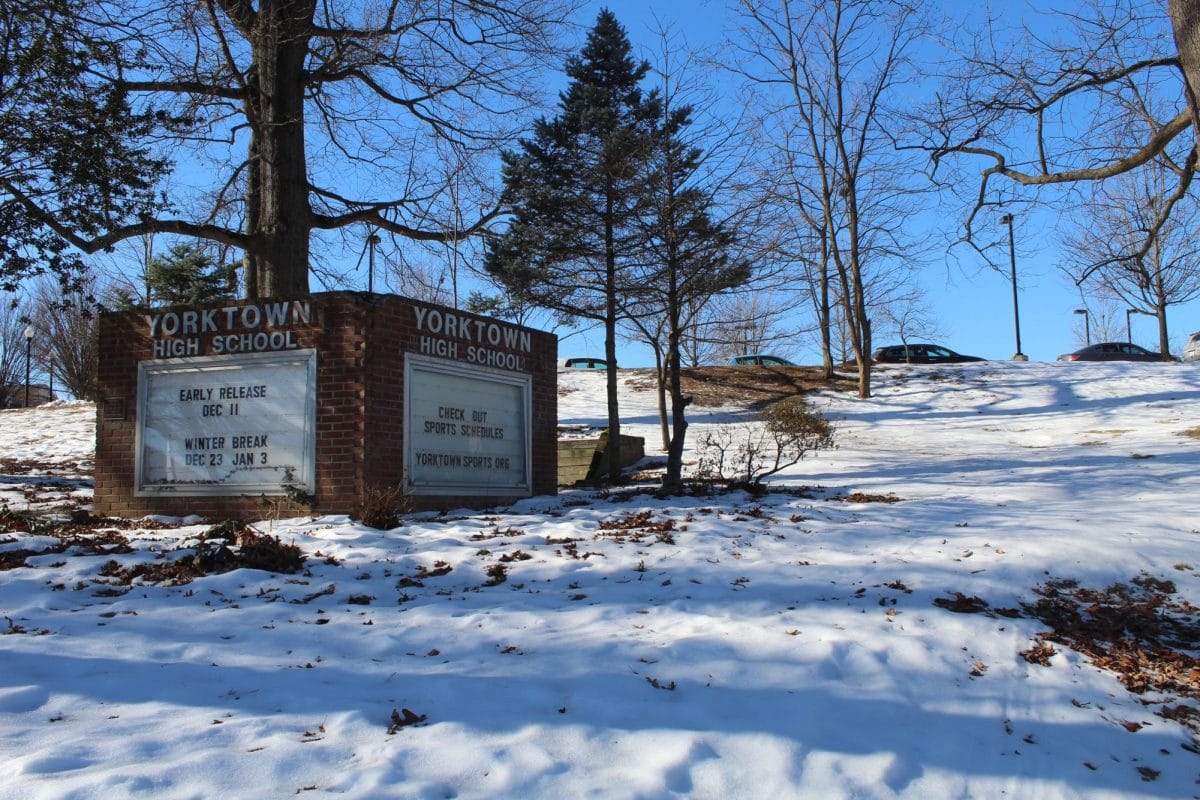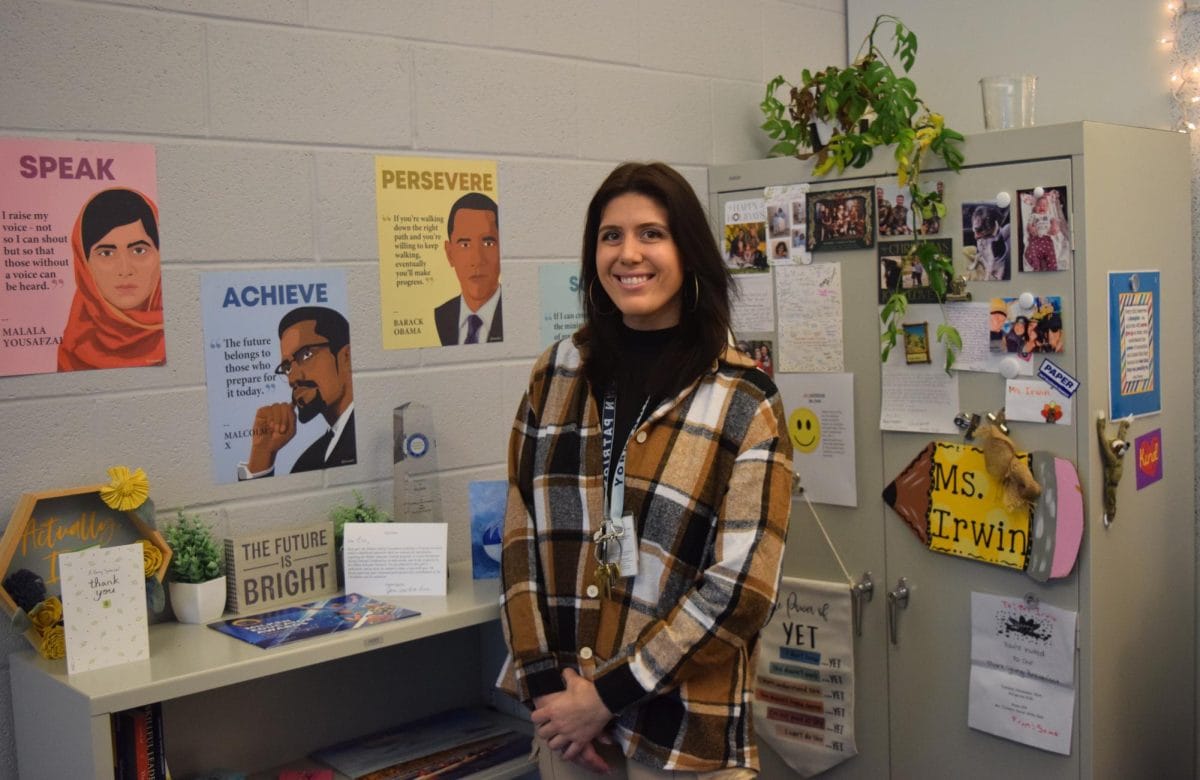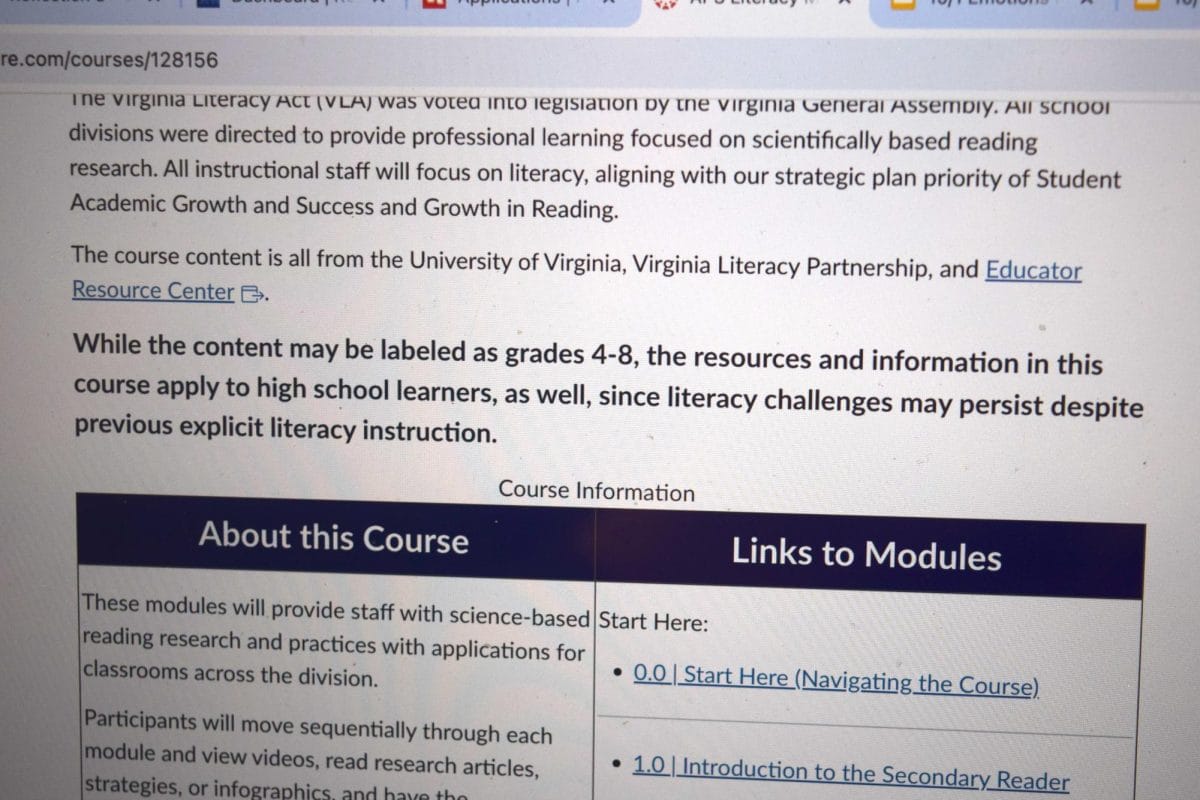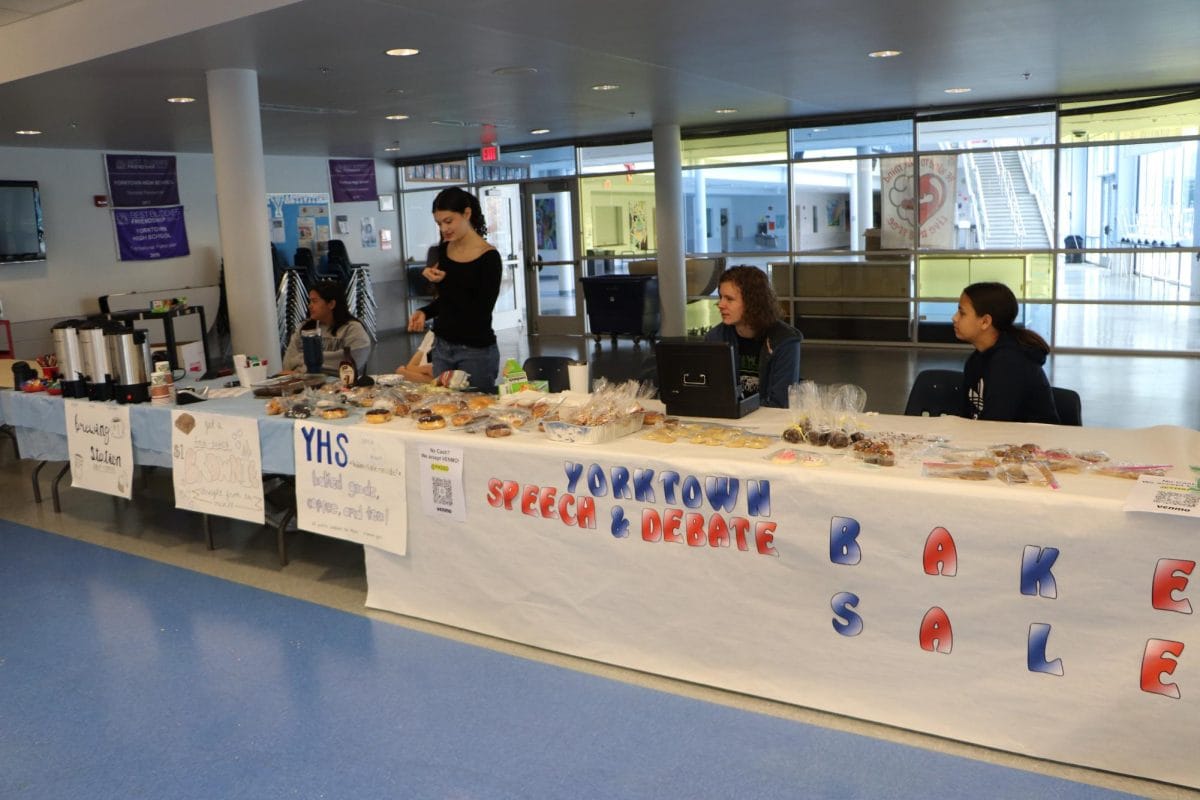Overcrowded classrooms, congested stairways and students eating lunch in the halls: these are some of the effects of our school’s overpopulation. The student population is increasing due to a large influx of freshmen and new students flocking to Arlington.
“I believe [we have about] 628 freshmen this year, compare that to about 580 last year, and then [the year before] was about 560 [incoming freshmen],” Principal Bridget Loft said.
As the student population rises, many departments, such as science, are seeing negative ramifications.
Physics and astronomy teacher, Dan Carroll, has seen the average class size skyrocket in recent years. As a science teacher with limited class space and built-in lab tables, the impact of this is palpable.
“[The student population has] been [on] a steady increase for about the last eight years,” Carroll said.
“The rooms were actually built for 24 [students], there are six lab tables with four chairs … now we have 30 chairs in every room … We’ve basically gone from the idea of 24 to the idea of 30 … which makes a big difference,” biology teacher Curt Dorman said.
Carroll and Dorman expressed that 30 students is a large number to manage.
“The national science teacher’s association has a position that … 24 is the ideal maximum, [but] the ideal number is 20,” Carroll said.
Teachers from other departments have also seen changes as the student population rises
“My first year here, all of my freshman classes were 24 students, now this year, I think all of them are 27 or 28,” English teacher Christopher McIntosh said.
While the larger class sizes may seem unexpected, Arlington Public Schools (APS) has been anticipating these increases for a number of years, and they are predicting more growth in the future.
“High school enrollment is expected to grow by nearly 2,500 students or 35% over the next decade. High school enrollment grows as larger middle cohorts enter high school over the next decade,” according to the Annual APS Enrollment Projection Report of 2019.
As class sizes continue to increase, teachers are working to adapt to the changes. Teacher-to-student relationships are an important part of education, and with more students per teacher, these relationships can sometimes be overlooked.
“I think when I have a smaller class my relationships with [the students] are much stronger, I think the class as a whole becomes even more of a … family when there’s just so few of us,” history teacher Tracy Selden said.
“I would say it definitely affects us because the more students you have, the [less] attention and time you can give to each one,” McIntosh said.
Besides affecting teacher and student relationships, large classes are making grading extremely difficult for teachers. English teacher Francesca Winch has seen our school change significantly in her 36 years of teaching. She has experienced changes of approximately 100 students per year to almost 150 students total.
“[If] you spend five minutes [grading each essay], so 150 [students] times 5 [minutes] divided by 60 is still 12 and a half hours, and most … students have more than one [assignment] grade … [per] week,” Winch said.
Students at our school are realizing a difference in class sizes as well. After asked to compare the average number of students per class in middle school versus high school, freshman Morgan Henshaw said she saw the numbers increase substantially.
Furthermore, when prompted about a difference between her freshman year versus her current grade, junior Meghan Watson saw a clear distinction as well.
“I’ve noticed so many [more] people [per class] even since elementary school,” Watson said.
Watson feels that she excels in smaller class settings because the teachers have more time for each student. This limited amount of time is often hindered by growing class sizes.
“I prefer smaller [classes] because … you can get help you need and I feel like you can just [learn more] with a smaller [number] of people, [there is] more access to resources,” Watson said.
There are a variety of possible solutions to the issue of growing student enrollment, including hiring more staff in order to lower class sizes.
“There are a lot of times that rooms are empty. I think the biggest [solution to the issue] … among the English department would be staffing,” English teacher Troy Olsen said.
As Arlington’s population rises, so will the number of students in APS. Our county’s population is expected to keep rising in the coming years. Arlingtonva.us estimates that by 2045, Arlington will see a 45.1% increase in population to around 300,000 residents. As this issue deepens and our school becomes more overpopulated, Arlington officials will have to collaborate with teachers and parents to explore solutions to this issue that will allow schools to continue to provide quality education.


